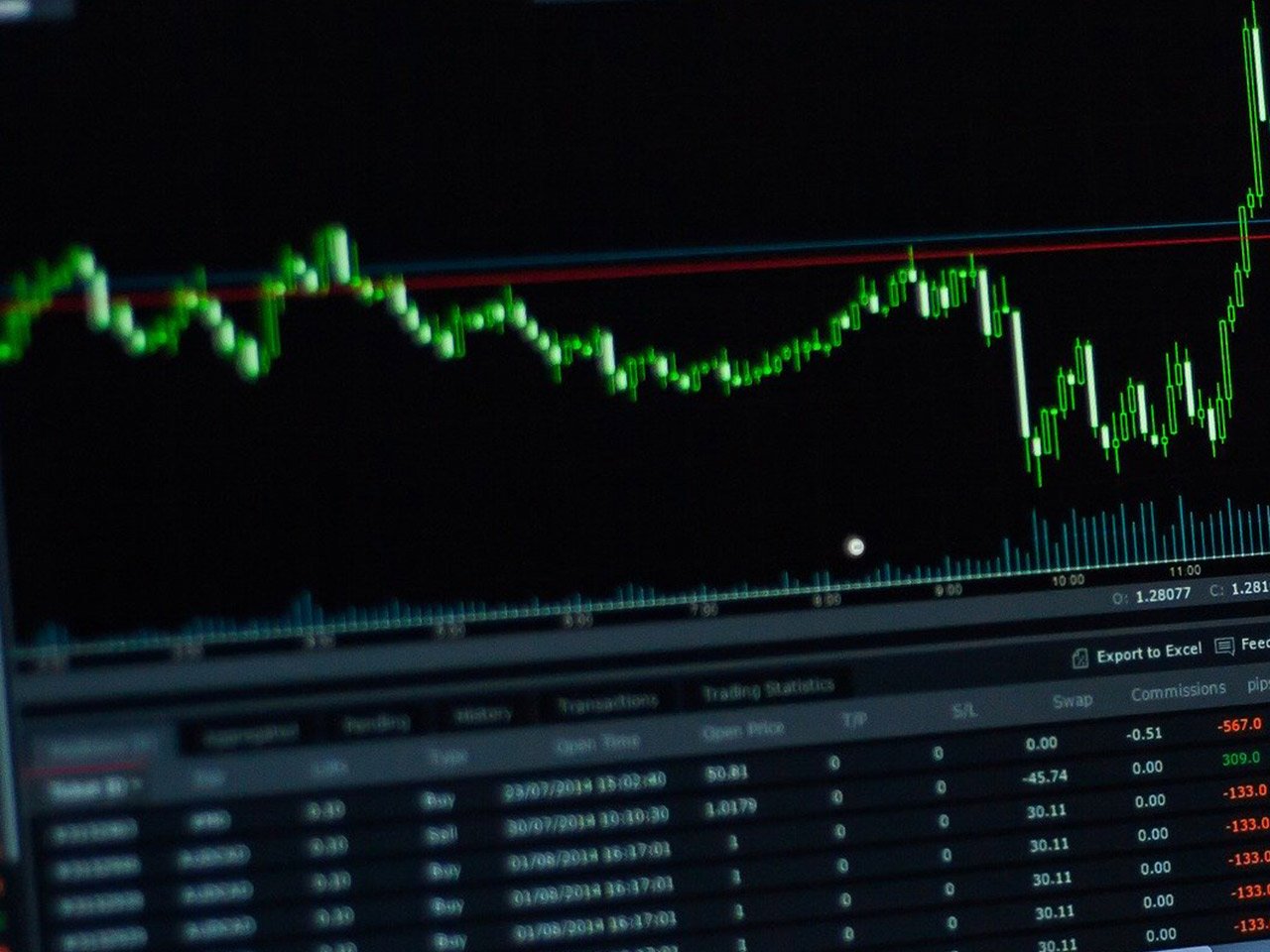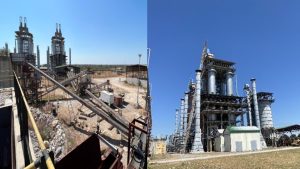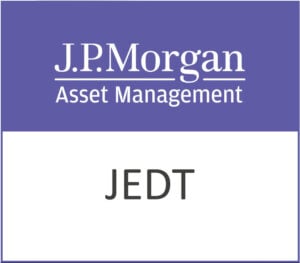Taylor Wimpey PLC (TW.L), a stalwart in the UK’s residential construction industry, has long been a fixture in the Consumer Cyclical sector. With a market capitalisation of $3.57 billion, the company continues to build and deliver homes in the United Kingdom and Spain. Founded in 1880, Taylor Wimpey has a rich heritage, but what does the current financial landscape reveal for investors considering this stock?
As of the latest trading period, Taylor Wimpey’s share price stands at 100.7 GBp, hovering near the lower end of its 52-week range of 98.78 to 168.85 GBp. Despite a modest price change of 0.02%, the stock’s forward P/E ratio of 1,055.11 raises eyebrows, suggesting potential challenges in the company’s earnings outlook or investor expectations for significant profit growth in the future.
Investors may find the company’s dividend yield particularly enticing, currently at 9.28%. However, the payout ratio is a staggering 394.17%, which raises questions about sustainability. Such a high payout ratio indicates that the company is distributing more in dividends than it earns, potentially relying on reserves or debt to maintain this level of shareholder return.
Taylor Wimpey’s performance metrics show a revenue growth of 9.00% and a return on equity of 1.97%, with an earnings per share (EPS) of 0.02. The free cash flow of £123.43 million provides some financial cushioning, but the lack of a net income figure and other valuation metrics like PEG and Price/Book ratios leave gaps in the investor’s analytical toolkit.
The company’s stock is subject to mixed analyst sentiments, with 11 buy ratings, 5 hold ratings, and 1 sell rating. The average target price of 132.75 GBp suggests a potential upside of 31.83%, offering a glimmer of optimism for those willing to accept the associated risks. The technical indicators present a nuanced picture; the Relative Strength Index (RSI) of 61.65 suggests that the stock is nearing overbought territory, while the MACD and Signal Line figures indicate a bearish momentum.
For potential investors, Taylor Wimpey presents both opportunities and challenges. The high dividend yield may attract income-focused investors, but the sustainability of such payouts is a critical consideration. Additionally, the company’s valuation metrics suggest caution, particularly with regard to future earnings. The technical indicators also call for a careful approach, as they hint at potential volatility in the stock’s performance.
In the current economic climate, with ongoing uncertainties in the housing market, investors must weigh the allure of Taylor Wimpey’s dividend against the broader financial picture. As the company continues to navigate the complexities of the residential construction sector, the key to unlocking value may lie in its ability to manage costs, drive growth, and sustain its dividend commitments.










































